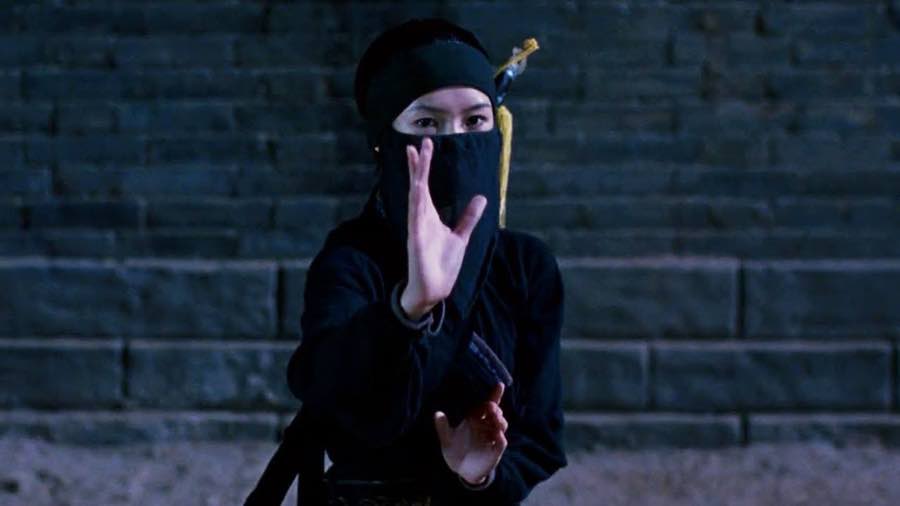
The Chinese art of stealth, broadly known as Yin Fa 隱法 in Mandarin pinyin, originally developed among thieves in the Yellow River basin area of ancient China. Stealth became their preferred method of operation, as the use of force carried much harsher penalties. Additionally, many of these so-called thieves were not violent by nature, but starving citizens driven to steal in order to survive in a war-torn and unforgiving environment. Techniques were refined and passed down through generations, a common practice in Chinese culture. According to historical records, these thieves were regarded as both cunning and highly skilled – ‘capable of entering anywhere they desired’.
The art of stealth expanded in scope and concept during the Spring and Autumn period (771-476 BCE) and the Warring States period (475-221 BCE) of Ancient China. During this time, a specific group of stealthy thieves—who will be detailed later—were employed as retainers to the noble elite. Retainers, known as shike 食客, menke 門客, cike 刺客, and many others, enjoyed improved social standing and often received generous incomes. When called upon by their lords, these retainers were expected to fulfill their duties with loyalty and skill. This relationship marks the earliest historical evidence of stealthy thieves being utilized as spies and assassins, serving the political interests of their lords.
The practice of employing skilled individuals for espionage and assassination during these periods is documented in various historical texts. For instance, Sima Qian’s 司馬遷 Records of the Grand Historian 史記 notes how lords relied on these retainers for covert operations that provided political advantages. 1 Additionally, accounts from this era illustrate how the elite recognized the value of stealth as a means to achieve their objectives without direct confrontation
From the first imperial dynasty of Qin 秦 (221-206 BCE) onward, high-level stealth operatives were primarily employed for espionage and assassination missions. While there were occasional other uses for stealth operatives, the masked, black-clad figures we commonly envision were predominantly spies, assassins, and, of course, thieves.
As China descended into the chaos and agony of foreign rule under the Qing 大清 dynasty, stealth agents were deployed in clandestine operations against the unwelcome regime. The Qing 大清 dynasty (1636 – 1912) represented a period of foreign domination for the Chinese people. This was the second instance of such rule, with the Yuan 大元 dynasty (1271 –1368) firmly etched in the collective Chinese consciousness.
While some historians argue that other dynasties also constituted ‘foreign rule,’ these claims remain controversial. For our discussion, we will focus solely on the Qing 大清 and Yuan 大元 dynasties.
These tumultuous periods saw unprecedented rebellions and anti-government movements. Such underground resistance stimulated the proliferation of stealth activities, pushing the secretive realms of spies and assassins into the realm of mainstream knowledge for the Chinese populace.
By the later Qing 大清 dynasty, most streams of Chinese martial arts schools were teaching their students at least some level of stealth. Stealth had once again become commonplace, reminiscent of the Warring States period (475-221 BCE). This resurgence paved the way for stealth to enter modern triad lore and, to some degree, the wider world.
Notably, evidence of such skills can be found as far afield as South Africa and San Francisco in the 17th and 18th centuries, respectively.
The last written record detailing Chinese stealth operatives dates back to 1926. Afterward, the art and its practical applications fell into rapid decline. While several Chinese martial arts schools attempted to keep these skills alive, the hard work and dedication required for mastery have not been embraced by modern practitioners. 2
Authors Note
By the time we began our research in 1987, there was little interest in ‘serious’ Chinese martial arts skills of any kind; the decline was already underway. Although we had our ‘pick of the crop,’ the loss of such intangible Chinese heritage is an agonizing thought.
We discovered that Master Kwan Yuen Cheong 關潤昌 was the last to teach these once-common skills of stealth, and today, the Warrior Heart School is the final institution that teaches the art in its entirety. Even then, Master Kwan was reluctant to share these skills due to the nature of the art itself. (We will explore this further in future articles.)
- Further reading in Chinese is the Biography of Lord Mengchang 孟嘗君列傳 and in English Wikipedia .. and on the Internet Archive
- This article has been compiled from various passages taken: Les Conn and Noelle Conn, The Chinese Art of Stealth, (2021)
